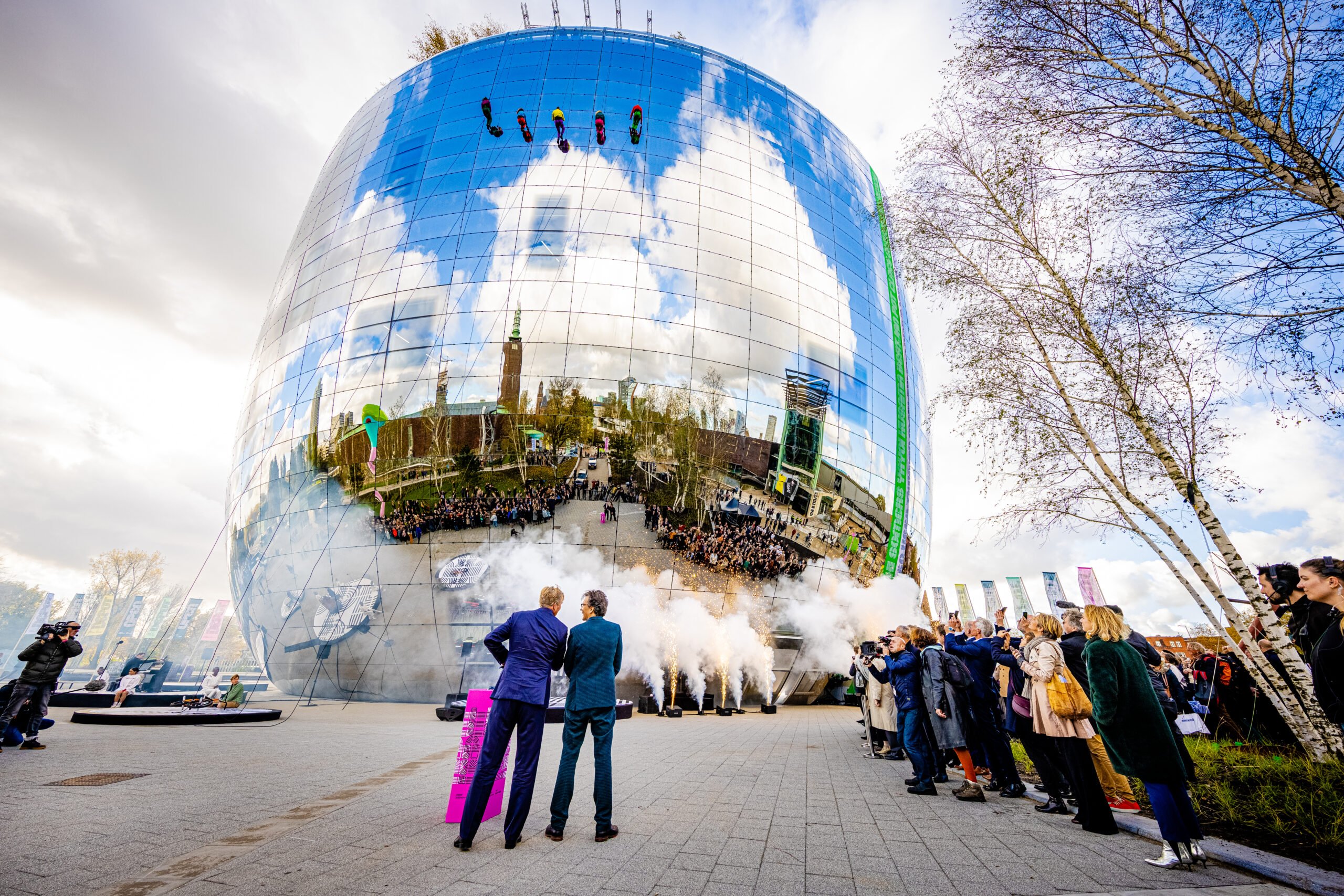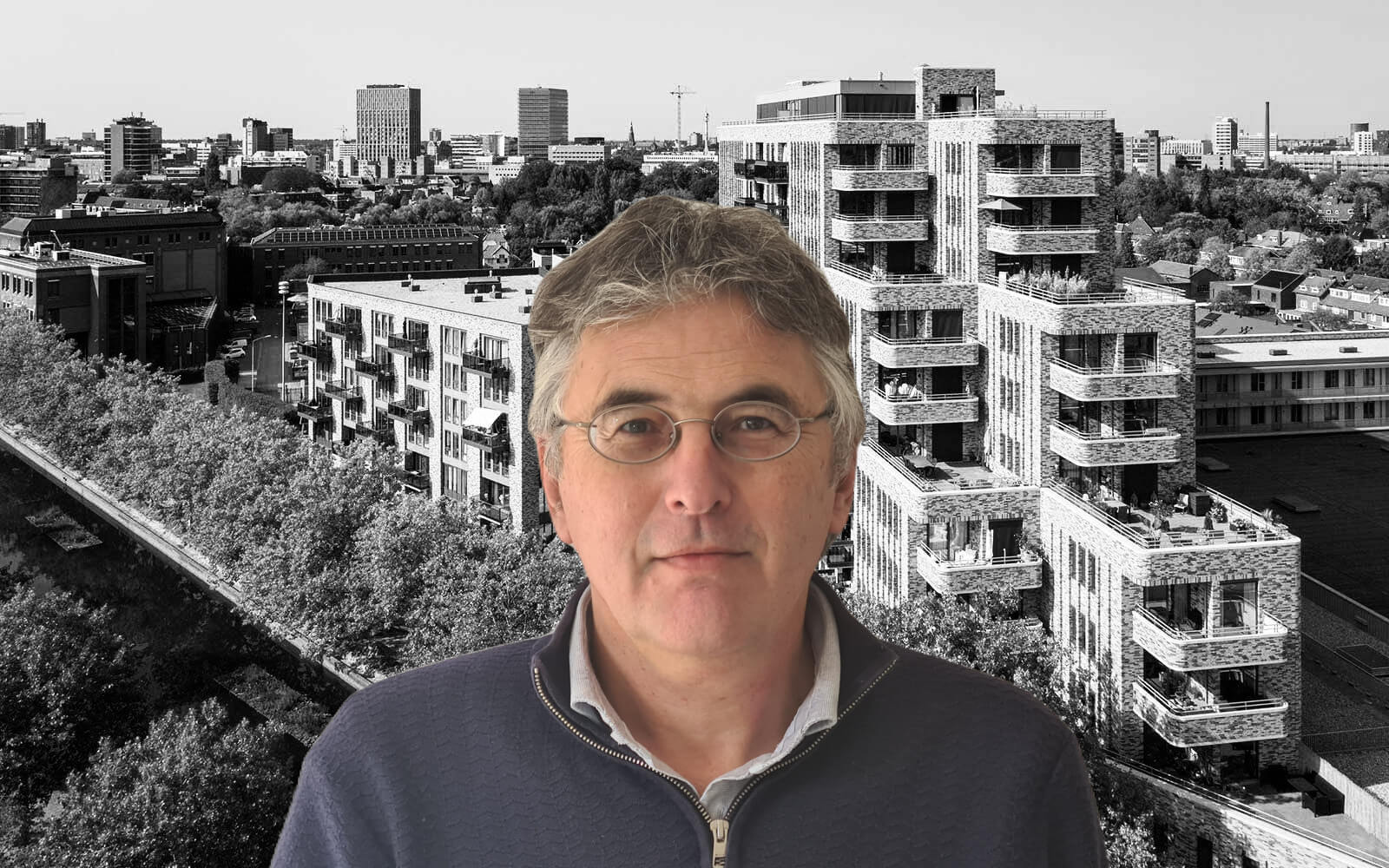
A crackling fire in a gracious country estate of a regent family. On the sculpted mantelpiece is written ‘esse non videri‘. Motto and topic of conversation: Being. No outward display. Not ‘appearing’, not ‘seeming’, but being. I was reminded of this in Rotterdam at the beginning of this month at the opening of the innovative new Depot of the Boijmans van Beuningen Museum.
The fact that it is standing there is essential for the future of the city. And it certainly is innovative. A new museum experience, largely financed by private money. Now that last thing tends to happen more often. But this is the first publicly accessible art depot in the world. A new concept that suddenly brings the entire collection to life, which museums have always hidden away for the most part. It also has a new revenue model, by using the depot as a crowd-puller and renting out space for private collections and events. And this in combination with a whole new urban experience. Something like this has not been on show since Crystal Palace, when the world still fitted into one building. Well, it’s about time.
Dormant needs and desires
Creativity in architectonic thinking plays a crucial role here. They don’t shy away from this at the architecture company MVRDV, but it is certainly not a matter of course for such a large collective building to be able to read the dormant needs and desires of its residents and visitors properly and to find a suitable form and way to materialize it all. Unique in its kind. Not like any other. New on a global scale.
The Pot (do you know any high-profile buildings without an apt nickname) offers passersby and visitors alike a sensation beyond the Instagrammable. A sense of infinity and unconventionality arises that makes you inadvertently more aware of yourself and what is on display. Even at night.
A lot comes together in this hyper-contemporary multi-purpose collection building. Restoration studios. A freely accessible rooftop forest draws wildlife in, houses a restaurant and, of course, offers spectacular views. And then the mirroring of the city. Who would have thought it would work so well? The convex mirrored facade of the whole building captures the signature of the Rotterdam skyline quite effortlessly. It makes a visit from the start an impressive experience that becomes more intense the closer you get and which continues throughout the surreal interior. The word serendipity comes to mind.
Stalling effect of resistance
Not so new is the complexity of its realization. With the usual hugely stalling effect of resistance to change in general and to this kind of socially and economically stimulating urban innovation with architecture, art and culture in particular. That here, both initiative and – to a considerable extent – resistance comes from the established cultural and architectural field itself, continues to amaze me. It is obvious, especially now that it is there, that the depot heightens our perception and experience, elevates it above the anecdote and thus contributes to a meaningful and richer existence for individuals and society. Esse non videri.

